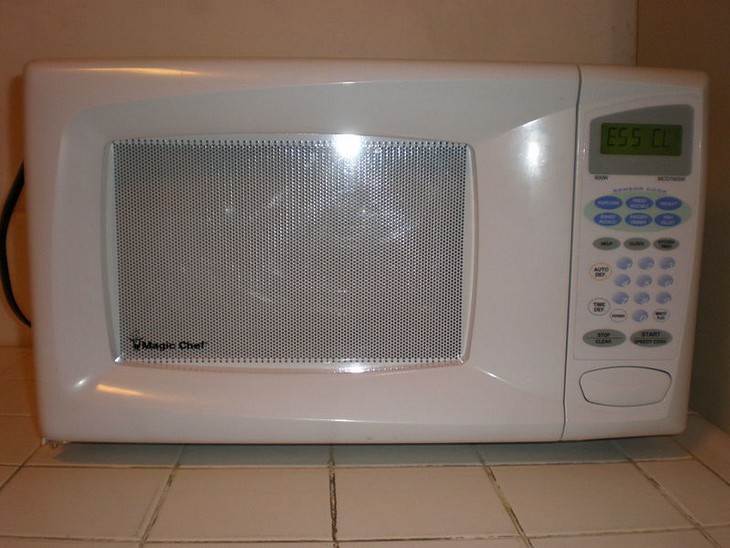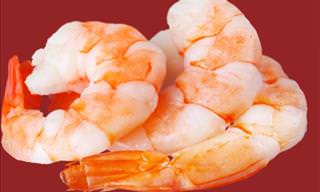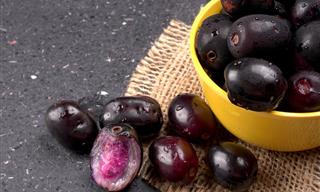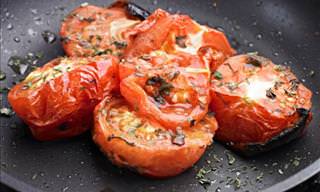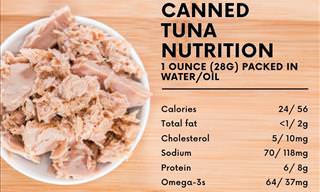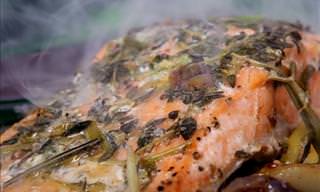Among the types of meat that are commonly eaten, fish is considered the healthiest when compared to beef, veal, poultry, and more. Besides, fish contains essential omega-3 fatty acids that help ward off age damage and also improve our brain function over the years.
There are several different ways to cook fish, such as roasting, frying, and baking, but do all these methods benefit us? What cooking method helps to maintain the nutritional value of fish in the best way? The answers to these questions can be found in this article, which lists the five common methods of cooking fish, and their effect on this beloved and healthy food.
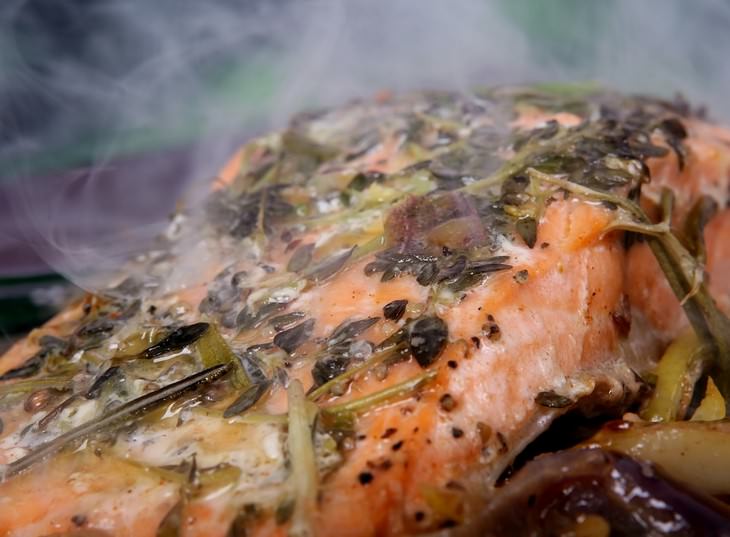
1. Roasting and Grilling
Roasting and grilling fish are similar in their method: both cook the fish by exposing them to a high temperature. The difference is that roasting, which is done in the oven, exposes fish to a higher temperature from above, while grilling exposes them to a hot temperature from below. Both methods require flipping the fish so that both sides are cooked equally, and there is usually no need for oil when cooking in these ways.
How do they affect the fish?
In a number of studies, such as one published in 2012 in Portugal, researchers found that roasting and grilling foods lead to the release of hazardous substances called heterocyclic amines (HAs) and polycyclic aromatic hydrocarbons (PAHs). These compounds are formed when meat muscles are exposed to high temperatures, such as in roasting and grilling.
Other substances produced by these methods are called Advanced Glycation End Products (AGEs), which have been associated with heart disease, diabetes and Alzheimer's. Fortunately, these substances were not found when grilling fish, so this method may be good for cooking them.
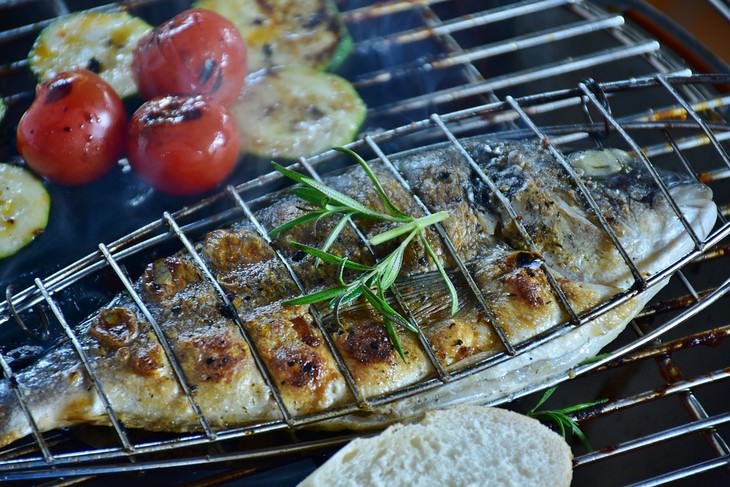
Minimize the damage:
The compounds listed above are not immediately formed, so they can be prevented by roasting and cooking for a short period of time. Fish is usually cooked after a few minutes, so there is no need to leave it below or over a flame for a long time. Marinating fish will also shorten the cooking time, and it is recommended to apply this to both methods.
2. Pan/ Deep Frying
In both of these methods, the fish is fried in hot oil. The difference is in the amounts of oil, which are larger in deep frying than pan-frying. These two methods are especially popular for fish preparation, but you may want to consider replacing them with other cooking methods.
How do they affect the fish?
In both of these methods, the fish absorb some of the oil, which increases their caloric value significantly compared to other methods. In addition, these two cooking methods impair omega-3 fatty acids in fish, which neutralizes their efficacy, thereby reducing the fish’s nutritional value.
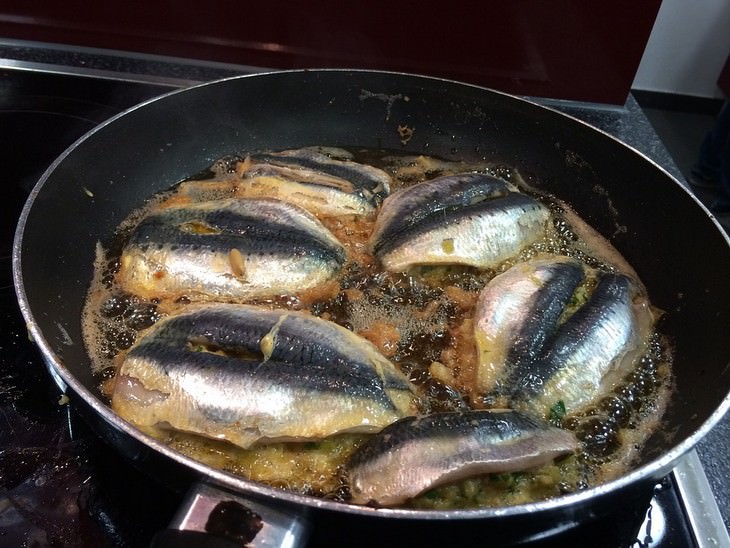
Minimize the damage:
In order to prevent the fish from absorbing a lot of oil and minimize the damage caused to the essential fatty acids in them, it is better to pan-fry rather than deep fry them.
3. Steaming and Poaching
In steaming and poaching, water or other liquids are used to prepare whole and cut fish. When poaching you have to "sink" the fish in the liquid so that it will be uniformly cooked. On the other hand, in the steaming process, the fish is placed on a special tray above the cooking liquid - in this way the hot steam cooks the fish without a touch of oil.
How do they affect the fish?
In steaming and poaching, neither oil nor high temperatures are used, so the damage to the fish is very small. Although no dangerous substances are formed in these manners of cooking, there may still be some damage caused, due to the longer cooking times required. Longer cooking time causes the cholesterol found in fish to oxidize, causing it to cling to the arteries. However, these methods are considered healthier because they preserve the fish's nutritional value, as well as the omega-3 fatty acids found in them.

Minimize the damage:
To ensure that the fish maintain their nutritional value, don’t cook them at too high temperatures.
4. Baking
When baking, the fish is cooked in the oven with oil and other additions on top or near them. The temperatures required for baking are not as high as in grilling and roasting, but still higher than in poaching and steaming.
How do they affect the fish?
In a number of studies, scientists found that baking fish did not cause significant damage to omega-3 fatty acids when compared to other methods. In addition, baking helps maintain the vitamin D found in fish, while frying causes a 50% loss. If you bake the fish with oil, it can have a detrimental effect on the nutrients they contain, so the effect of this method depends on the amount of oil you use.
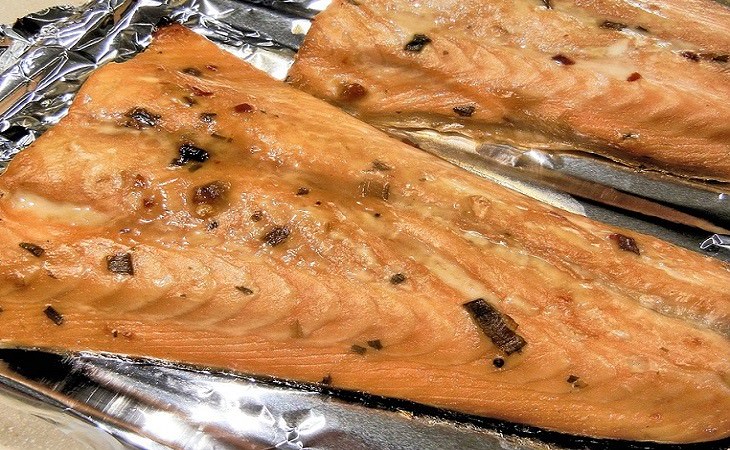
Minimize the damage:
Baking fish helps maintain their nutritional value, but it is important to avoid using oil or reducing its quantity to keep the fish healthy.
5. Microwaving
Preparing fish in the microwave allows us to reduce the time we invest in it, so many people choose this method. When microwaving, oil is usually unnecessary, all you need is a microwave-safe plate.
How does it affect the fish?
Microwaving causes energy waves to "vibrate" the molecules in the food, thereby actually cooking it. Since preparing fish in this method does not require much time and is not done at high temperatures, there is no damage to the nutritional values in them. In view of this, preparing fish in the microwave may preserve the nutritional value, although some people disagree.
Minimize the damage:
Some people avoid cooking food in the microwave, claiming it is harmful to nutritional values. However, given that there is no high temperature or long cooking time in this method, it is reasonable to assume that the omega-3 and other nutritional components aren’t affected by the microwave.
In conclusion:
The way to make fish tasty and nutritional is by reducing the cooking time and temperature to which they are exposed. The best methods are steaming and poaching, followed by baking and microwaving. On the other hand, frying, grilling and roasting fish are methods that may damage the essential components, and therefore it is recommended to minimize their use.
 Go to BabaMail
Go to BabaMail







